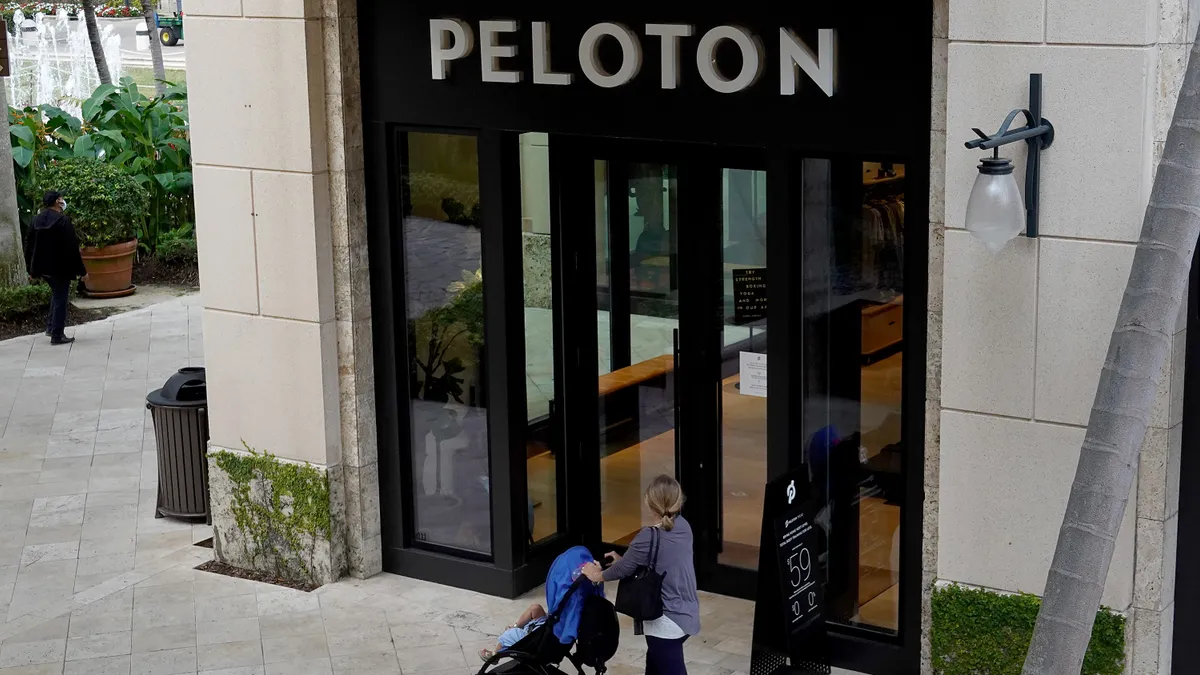The following is a guest post from Alex Song, CEO and co-founder, Innovation Department. Views are the author's own.
It's no secret that the digital economy has reshaped the way that consumers think about and interact with today's brands. As consumer expectations continue to skyrocket and as retailers struggle to gain market share, brands are forced to rethink the best way to engage with consumers and build loyalty. For an increasing number of brands, this means selling directly to consumers (DTC) and turning to a DTC e-commerce model.
This shift to DTC isn't expected to slow anytime soon. According to the Interactive Advertising Bureau, two-thirds of consumers expect the ability to connect directly with brands. The promising news is that brands have never before had such accessibility to their customers' wallet share. The trick is to deepen their understanding of consumer spending preferences and behavior so that they can truly compete in today's environment. To help brands come up with a winning game plan, we put together the five biggest DTC trends we've seen so far this year:
1. Online and offline brands are blending
In late 2018, we saw the emergence of experiential retail. Brands recognized that they needed to create a better experience for consumers to create a more pervasive connection. Macy's acquisition of Story to create a "narrative-driven retail experience" and the rise of pop-up shops nationwide are proving that experiential retail is here to stay. And that's why we're seeing brands that started as online-only becoming offline brands, as well. Brands like Casper, Harry's, and Native Deodorant are popping up in the aisles of major retailers like Target, a convergence that simultaneously increases retailers' average sales while allowing formerly online-only brands to reach new or previously reluctant-to-purchase customers. In fact, Target found that people buying Harry's products had heard of Harry's before, but didn't want to buy online. We expect this blending of online and offline to continue to pick up speed as we enter the back-to-school and holiday shopping seasons.
2. Traditional retailers are moving into DTC with the help of big data
We are also seeing traditional retailers focus on DTC sales through the use of big data. Retailers are finding that data provides deeper and quicker insights into consumer demand and spending predictions. Nike recently purchased analytics company Celect to boost DTC sales, particularly via its mobile app and website. This acquisition supports Nike's belief that data and technology will help put the company in a better position to offer its customers a more personalized experience. Nike and other customer service-savvy DTC brands are proving the value of data analysis in winning over new customers, as well as continuing to effectively meet the needs of existing ones. We expect that big data will play an increasingly pivotal role in DTC efforts throughout 2019.
3. DTC brands are on the move to own categories
Some of the most notable DTC brands that have emerged in recent years initially launched with a single or limited product offering for consumers and saw enormous early success in that space by virtue of doing just one thing, but doing it well. Now, however, we're reaching a point where those brands' momentum is leveling off and they're having to reconsider their approach as they focus on consumer lifetime value and continued growth. To that end, brands that started in one category are expanding and defining broader categories beyond their initial value propositions. Casper, for example, which started as a mattress brand, now makes a nightlight, a pillow and dog beds. Slowly but surely, the brand is looking to pivot into being a sleep company, not just a mattress company.
Bombas, which started as a sock company, now also makes cotton T-shirts, and wants to be a "comfort" company. These and other DTC brands are figuring out that if they can own a larger category instead of one product, they can reach more consumers and hopefully maintain the trust of the customer for the long-term. At the same time, brands have to strike a delicate balance between driving longevity and meeting shorter-term expectations. We expect to see more and more brands trying to make this leap to broader categories in 2019 and beyond.
4. DTC brands are embracing Amazon as a partner
The more successful DTC brands are looking at Amazon as a valued partner instead of a competitor looking to put them out of business. When brands embrace Amazon as a tool for growth instead of a threat, they can become part of the Amazon experience and reach huge pools of customers. This is particularly true for brands in the startup phase when incorporating Amazon into omnichannel marketing plans early on can yield big rewards. Brands are realizing that maximizing Amazon's benefits — everything from its ongoing feedback loop to its built-in audience — can significantly expand their market share. We believe that more and more notable brands will move onto Amazon throughout the coming year.
5. DTC agencies are launching their own brands
There's no denying that agencies specializing in building DTC brands have learned a lot over the years. With this deep knowledge in mind, we are seeing more agencies launching their own DTC brands and creating a new revenue model as a result. New York-based agency Gin Lane, which has worked with DTC brands like Harry's and Warby Parker, recently announced that it's closing its entire creative branding operation to relaunch as the parent organization to a family of lifestyle brands called Pattern. Decoded Advertising, an agency that helped brands like Dollar Shave Club and BarkBox, recently launched a new DTC brand focused on sustainable cork yoga products called 42 Birds. Even design studio Red Antler takes a stake in the brands they work with, particularly Instagram-first startup brands like Casper and Allbirds. This trend is predicted to pick up steam as more agencies continue leveraging their experience shaping DTC brand strategy to drive the development of their own brands.
To date, 2019 has been full of exciting changes for brands looking to create strong connections with consumers. DTC represents a huge opportunity for brands looking to gain the coveted share of wallet today's consumers offer. Being successful will require brands to understand the shifting climate and leverage these trends in the most efficient (and creative) way possible.




















